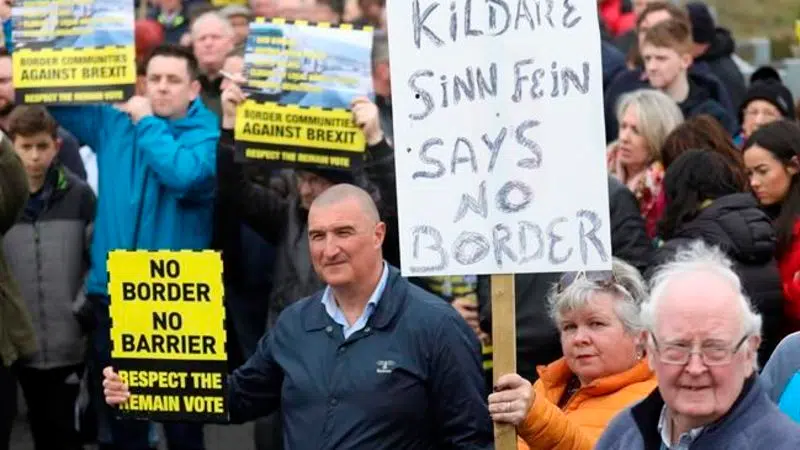
Brexit options: Stick close to EU, crash out, think again
LONDON — Britain is running out of time and options for Brexit.
U.K. lawmakers have three times rejected the divorce deal struck between Prime Minister Theresa May’s government and the European Union. They also voted on a series of alternatives, from leaving the bloc without a deal to holding second referendum on Britain’s EU membership.
All the options were defeated. The U.K. now faces a deadline of April 12 to present the EU with a new Brexit plan or crash out of the bloc that night.


